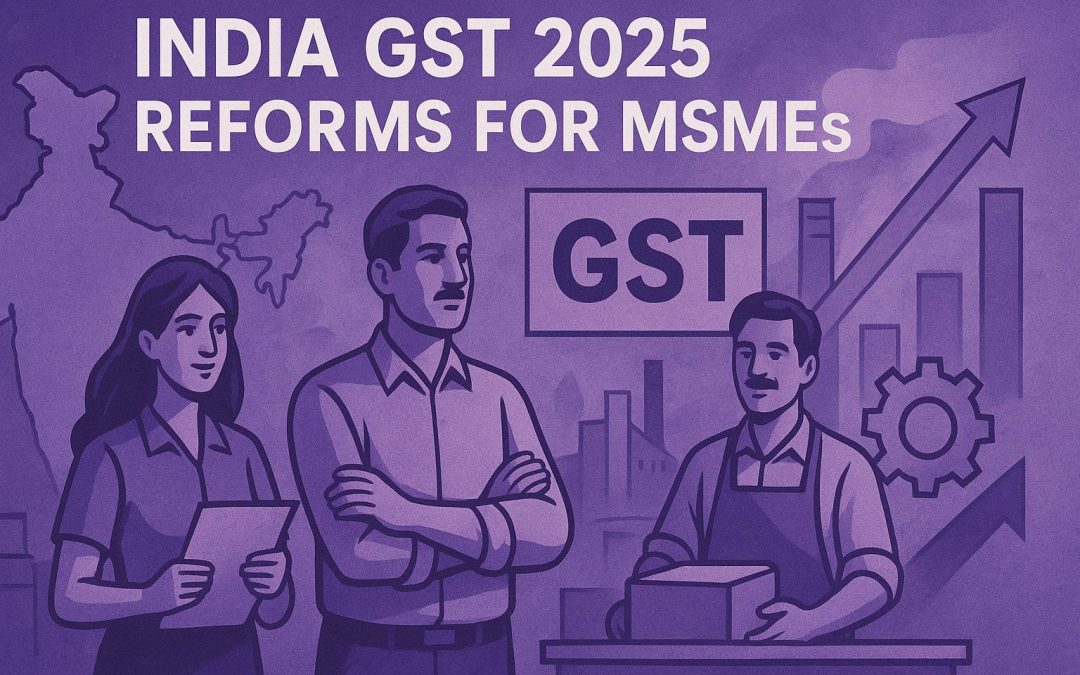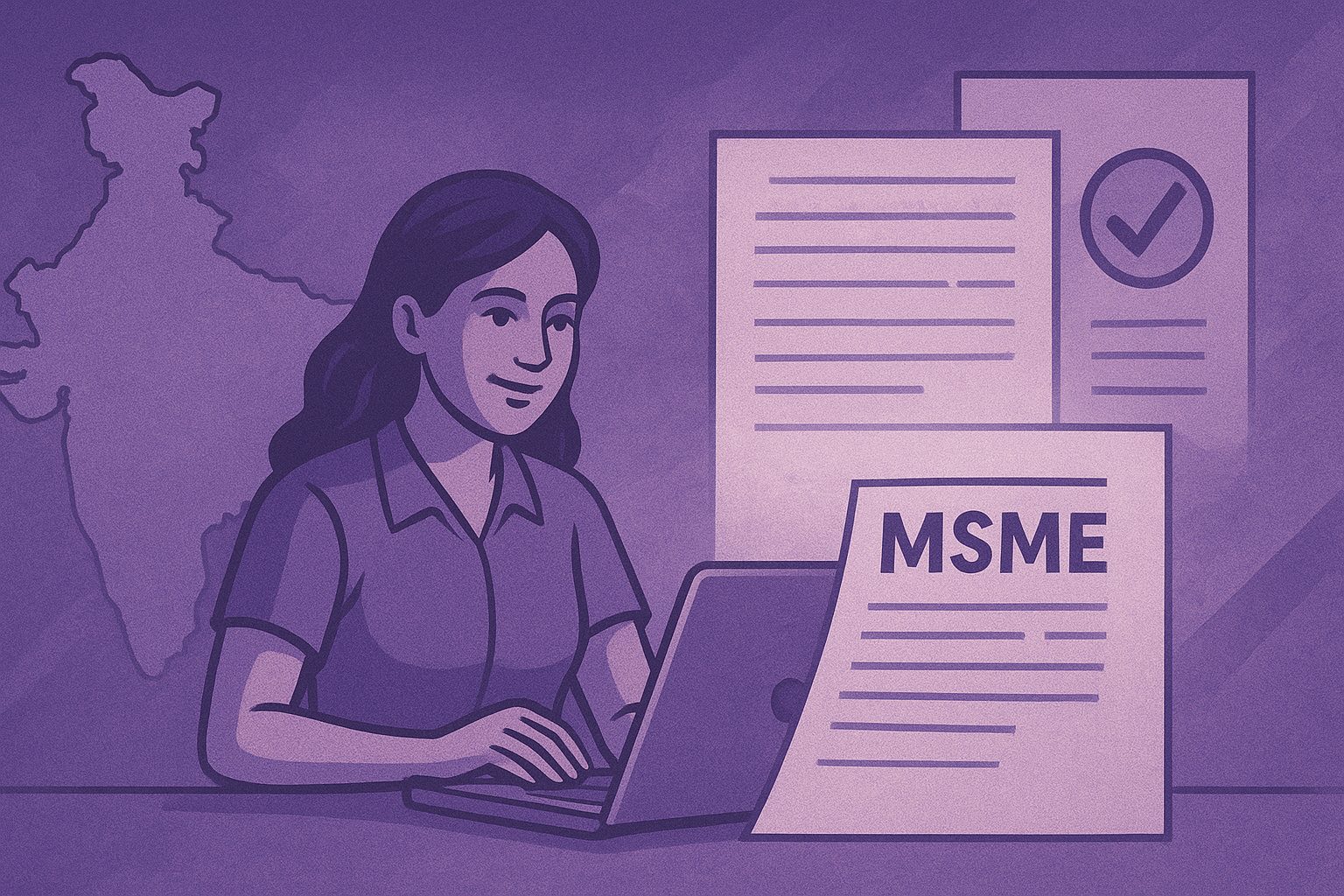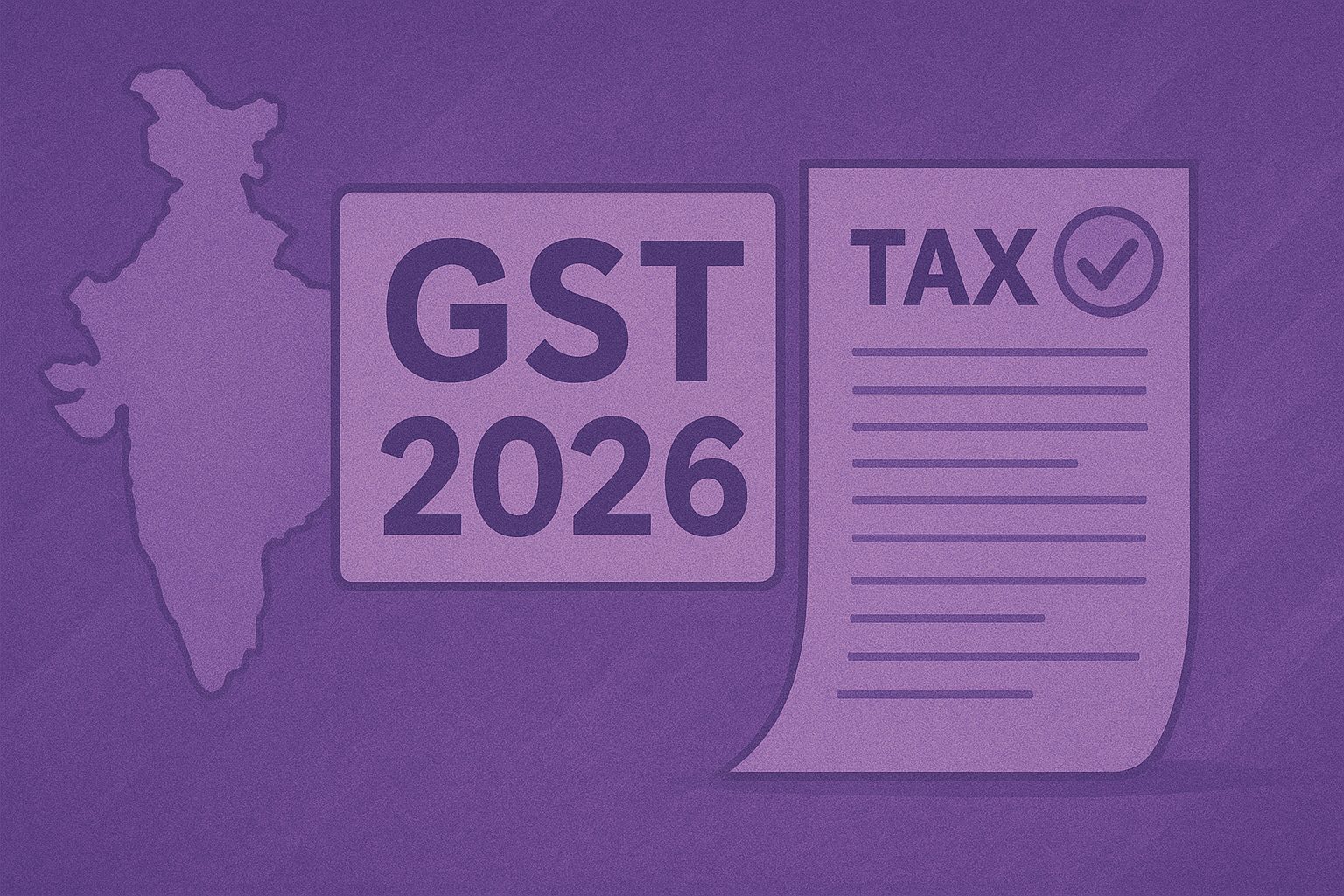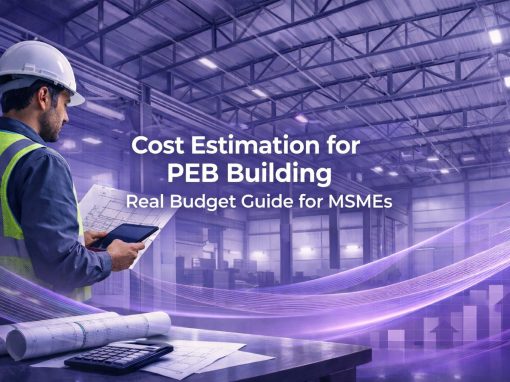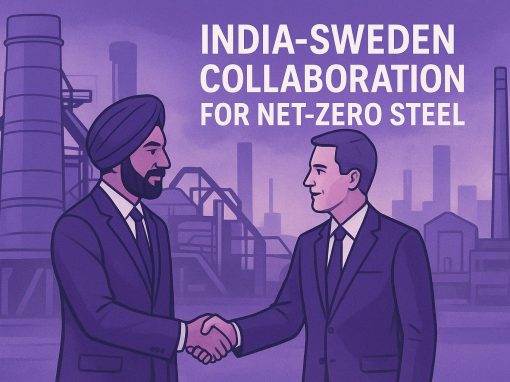Table of Contents
India will introduce a new set of Goods and Services Tax (GST) reforms from November 2025. These updates are designed to make tax compliance simpler, faster, and more transparent for businesses of all sizes.
As of late 2025, India has around 1.46 crore registered GST taxpayers, of which nearly 97 percent are micro, small, and medium enterprises (MSMEs). This highlights how crucial GST simplification is for everyday business operations.
The GST Council has therefore focused these reforms on improving ease of doing business — reducing waiting times for registration, streamlining refund processes, and tightening filing timelines. Exporters and manufacturers will also gain from faster refund approvals and clearer compliance rules.
Overall, the new GST framework marks a major step towards a more efficient and digitally driven tax system, helping Indian MSMEs operate with greater speed, discipline, and accountability.
Key Change 1: Auto-approval for Small Business Registration
From 1 November 2025, the simplified registration scheme under the Goods and Services Tax (GST) grants new registrations electronically, within three working days for eligible applicants.
Businesses whose monthly output tax on B2B supplies (CGST + SGST/UTGST + IGST) does not exceed ₹2.5 lakh are covered under this new rule. According to estimates from the GST Council, up to 96 percent of new GST applicants are expected to qualify for this low-risk category and benefit from automatic approval.
The government introduced this reform to boost ease of doing business, reduce human intervention, and limit processing delays — a key step in its broader Digital India strategy. The new system uses AI-driven risk profiling and data analytics to verify applications, check PAN–Aadhaar links, and flag anomalies in real time.
This automation has already been piloted in Maharashtra, Gujarat, and Karnataka, where average registration time fell from nine days to under three. A public GSTN dashboard now tracks live registration statistics and approval rates, improving transparency.
Practical takeaway for MSMEs:
If your business has a monthly B2B tax output below ₹2.5 lakh and meets the low-risk criteria, expect GST registration approval in three working days, enabling faster market entry and reduced paperwork.
Key Change 2: Faster Refunds for MSMEs and Exporters
The GST reforms effective November 2025 aim to make refund processing significantly quicker and more predictable, especially for MSMEs and exporters.
The GST Council has approved the removal of the ₹1,000 minimum refund threshold under Section 54(14) of the CGST Act, allowing even small-value shipments to claim refunds. This change is particularly beneficial for e-commerce exporters and small manufacturing units, which often deal in low-volume, high-frequency consignments.
According to the Ministry of Finance, verified refund claims will now be processed within 7–10 working days, compared to the earlier 20–30 day window. The reform is supported by the automated refund module on the GSTN portal, which uses real-time invoice matching and AI-based verification to minimise manual checks.
India’s MSME exporters contribute nearly 45% of total exports, so quicker refunds are expected to unlock substantial liquidity, freeing an estimated ₹25,000–₹30,000 crore in working capital across the sector annually.
Practical takeaway for MSMEs and exporters:
With the threshold removed and faster refund timelines in place, small exporters can now expect refunds within 10 days of claim verification — improving cash flow, easing operations, and reducing dependence on external financing.
Key Change 3: Strict Correction and Filing Timelines
From July 2025, new compliance rules under the GST framework tighten the window for correcting or filing past returns. Taxpayers can amend details of sales, purchases, or input tax credits only up to the October 2025 return (to be filed by 20 November 2025) for the financial year 2024–25. Returns older than three years from their due date can no longer be filed or revised.
The GST Council introduced these timelines to ensure data accuracy and reduce backlog adjustments. However, late filing or missed corrections now attract penalties of ₹100 per day (₹50 CGST + ₹50 SGST), capped at ₹5,000 per return.
In addition to monetary penalties, delayed or incorrect filings can lead to the loss of Input Tax Credit (ITC) for both suppliers and recipients, as unreconciled invoices beyond the cut-off period will be automatically excluded from credit eligibility.
Practical takeaway for businesses:
Reconcile outward and inward supplies, review input credits, and fix misclassifications (B2B/B2C) before the October 2025 return. Missing this timeline could not only invite fines but also result in permanent ITC loss and compliance disruption.
Key Change 4: Credit-note and Filing Cutoff Updates
Starting with the October 2025 tax period, India’s Goods and Services Tax Network (GSTN) will fully roll out Invoice Management System (IMS) 2.0, marking a major digital upgrade in invoice and credit-note handling. The new system allows suppliers and recipients to mark credit-notes as “Pending” for one tax period (one month for monthly filers, one quarter for quarterly filers) before final submission.
IMS 2.0 also introduces partial reversal of Input Tax Credit (ITC) when a credit-note is issued — replacing the older system that required full reversal. This improves the accuracy of ITC claims and reduces unnecessary working-capital lockups.
The upgraded GSTN dashboard, part of the October 2025 digital rollout, integrates auto-reconciliation features that flag mismatches between supplier and buyer filings in real time. These new tools enhance transparency and make it easier for MSMEs to detect inconsistencies before filing.
The system also updates reconciliation reports automatically each tax period, allowing businesses to download summary statements and track pending credit-notes, unmatched invoices, or partial ITC reversals.
Practical takeaway:
Businesses should update their ERP and accounting software to align with IMS 2.0. Regularly monitor pending credit notes, verify auto-generated reconciliation reports, and close mismatches quickly to maintain accurate GST records and avoid compliance issues.
How MSMEs Can Prepare for GST 2025 Changes
| Step | Action Point | Why It Matters | Practical Tip |
| Update Digital Systems | Integrate accounting and ERP tools with GSTN IMS 2.0 and the new auto-registration dashboard. | Ensures seamless data sync, faster filings, and error-free reconciliation. | Use GSTN-approved software or APIs compatible with IMS 2.0 before Oct 2025. |
| Reconcile Regularly | Conduct monthly data checks for sales, purchases, and ITC claims. | Avoids last-minute mismatches and prevents penalties under strict correction windows. | Run reconciliation reports before the 20th of each month. |
| Plan Refunds Early | Apply for GST refunds promptly, especially for small-value exports. | Faster processing under the new 7–10 day refund timeline improves cash flow. | Maintain digital invoice records and bank proofs for quicker validation. |
| Train Staff on New Rules | Educate finance teams about auto-approval, credit-note timelines, and filing cutoffs. | Reduces filing errors and dependency on consultants. | Conduct a short GST 2025 readiness workshop by September 2025. |
| Monitor Policy Updates | Track circulars and notifications from the GST Council and CBIC. | Keeps your business aligned with evolving compliance standards. | Subscribe to GSTN or CBIC update alerts to stay informed. |
Next Steps: What to Expect in GST 2026
E-Invoicing for MSMEs:
The GST Council is expected to expand e-invoicing to businesses with turnover above ₹2 crore by mid-2026. This will promote real-time invoice reporting, reduce fraud, and ensure more accurate input tax credits.
Digital Refund Tracking:
A new GSTN refund dashboard and mobile app will allow taxpayers to track refund status in real time. Automated alerts and faster processing will reduce manual follow-ups and improve liquidity for small exporters.
AI-driven Compliance Support:
The next phase of AI-based GST analytics will help identify errors and assist in pre-filing validations. This will simplify compliance and reduce penalties for small firms.
GST–Bank Data Integration:
Pilot projects will link GSTN with banking systems for faster verification of tax payments and refund claims. This will improve transparency and speed up credit validation.
In summary:
GST 2026 will push India’s tax system further into digital territory — with e-invoicing, real-time refunds, and AI tools making compliance faster, simpler, and more predictable for MSMEs.
Conclusion
From November 2025, India’s GST reforms mark a decisive shift towards faster registration, quicker refunds, and stricter compliance discipline, with clear benefits for small businesses, MSMEs, and exporters. Automated approvals and AI-driven verification reflect the government’s push for “Digital India”, aiming to make tax administration simpler, paperless, and more transparent.
The new systems — including auto-registration, digital refund processing, and IMS 2.0 reconciliation — form part of a wider national effort to improve India’s Ease of Doing Business and GST compliance ranking globally. These measures reduce human intervention, improve accuracy, and build trust in the GST ecosystem.
For businesses, the message is clear: embrace digital compliance early. Updating internal systems, reconciling data in real time, and using GSTN dashboards proactively will ensure timely filings and smoother refunds.
Ultimately, the GST 2025 reforms combine technology, transparency, and timeliness — helping India move closer to a fully digital tax regime that rewards proactive compliance and supports sustained economic growth.
Empowering MSMEs to grow smarter
Tata nexarc delivers powerful solutions for MSMEs—discover tenders, logistics solutions, and streamline procurement. Everything your business needs, all in one place.
FAQs
What are the GST 2025 reforms?
How will the new GST registration process work?
What technology powers the auto-approval system?
How do the new refund rules benefit MSMEs?
Has the ₹1,000 refund threshold been removed?
What are the new correction and filing deadlines?
What are the penalties for missing GST correction deadlines?
What is IMS 2.0 under GSTN?
How can MSMEs prepare for GST 2025 reforms?
What comes next after GST 2025?
A product manager with a writer's heart, Anirban leverages his 6 years of experience to empower MSMEs in the business and technology sectors. His time at Tata nexarc honed his skills in crafting informative content tailored to MSME needs. Whether wielding words for business or developing innovative products for both Tata Nexarc and MSMEs, his passion for clear communication and a deep understanding of their challenges shine through.
